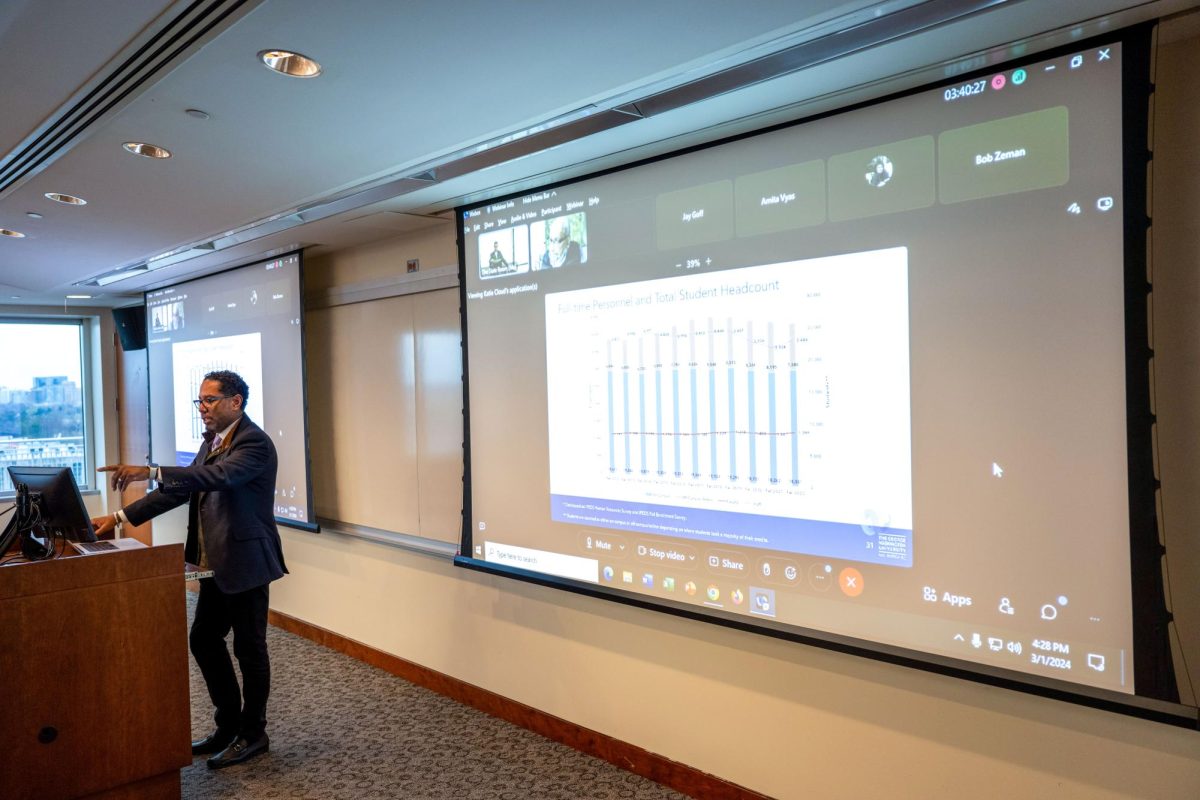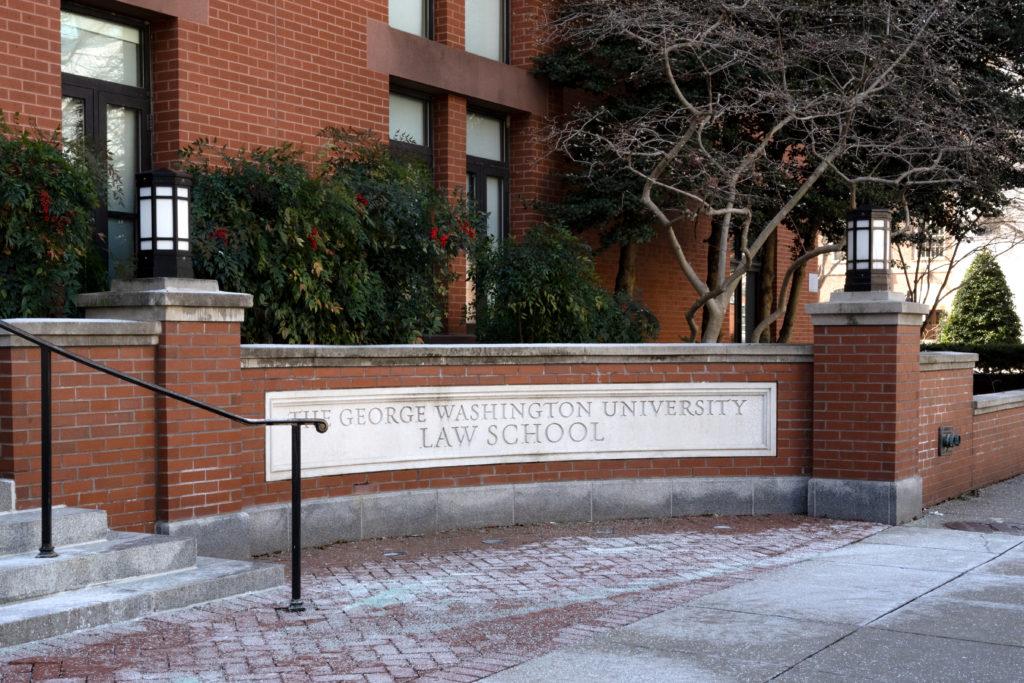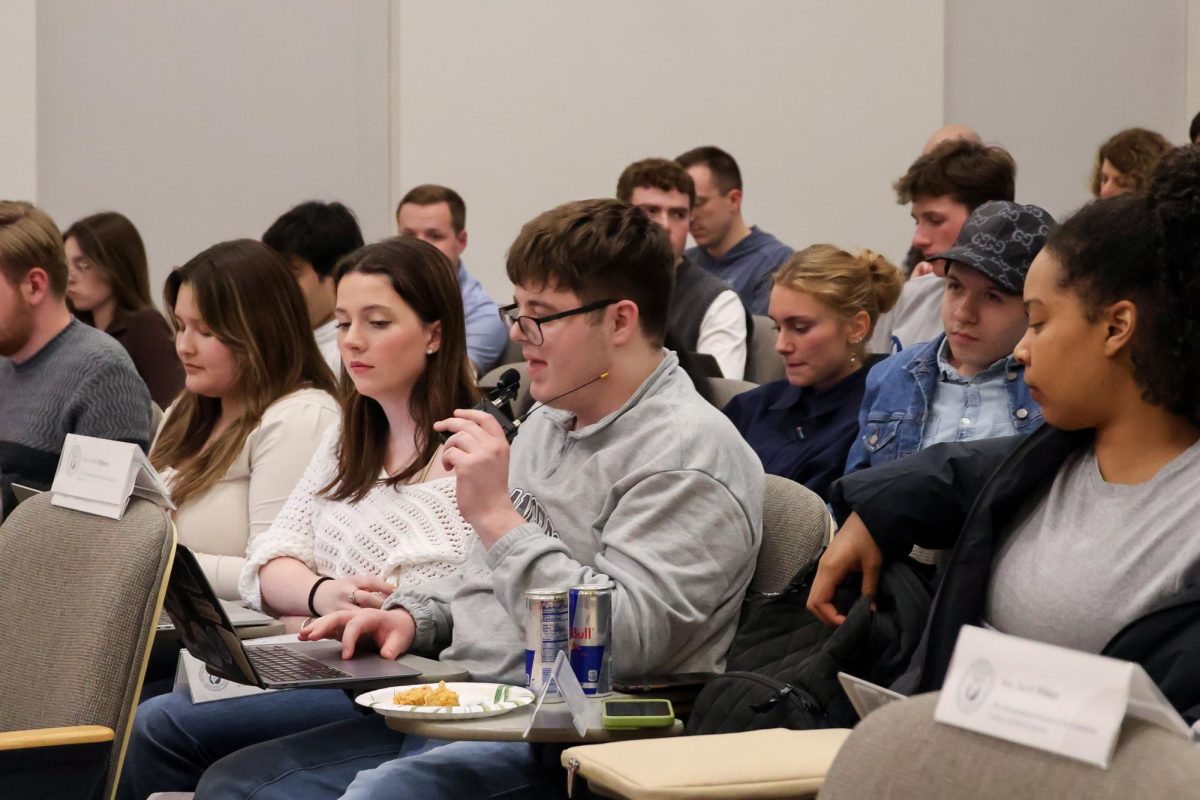Staffing levels are still below their pre-pandemic numbers, specifically in student-facing offices, officials reported Friday.
The University employed 3,484 full-time staff in fall 2022, slightly more than the University’s low point of 3,338 staff in fall 2021 but lower than the 3,807 members in fall 2019, according to the annual core indicators report. Provost Chris Bracey said at a Faculty Senate meeting Friday that officials are working to fill roles in understaffed departments like Disability Support Services and the Multicultural Student Services Center and hire more academic advisers to close the gap in the student-to-adviser ratio.
GW laid off 339 employees in December 2020 due to financial stress from the COVID-19 pandemic. As the number of University staff begins to recover, student-facing departments have remained underfilled, with turnover and staff shortages in departments like the MSSC and DSS, which have also seen its directors step down from their positions in recent months.
Compared to a group of 13 peer schools, GW is 11th in the ratio between full-time employees per every 100 full-time students at 21.49, the report states.
Bracey said the University is “well aware” of the low staffing levels and is allocating GW’s minimal resources to units that need the most assistance like the academic advising office on advice for how to improve academic programs.
“We know that the MSSC has been understaffed, and so we’ve made commitments to ensure that we have the requisite staffing to provide the supportive environment for our students,” Bracey said. “Within the Disability Student Services office, we’ve been hiring there because we know we have more students who are in need of support for disabilities.”
Ilana Feldman, the chair of the senate’s Executive Committee, said the University’s staffing shortage is a “problem” and asked Bracey how to boost hiring using officials’ limited resources.
“I think everybody in this room knows how much we and our students are suffering from the beyond-lean staffing situation,” Feldman said.
Bracey said officials are focused on retaining current employees because GW’s staff “aren’t happy” and are leaving the University. He added that replacing staff costs more than hiring new staff.
“The strategy that we’re embarking upon now is to focus on trying to improve conditions of the staff that we have, and better compensate the ones that are high performing and doing great work for us now so that they don’t leave,” Bracey said.
Benefits-eligible staff can receive additional merit pay based on their performance ratings, but staff said employee recognition is limited due to a small fund for performance pay.
Sarah Wagner, the co-chair of the Educational Policy and Technology Committee and a professor of anthropology, said she hopes University administrators and the Board of Trustees prioritize retention and staff morale.
“We’re bleeding our best talent, our irreplaceable talent,” Wagner said during the meeting. “But when we look, there are opportunities in this very city that don’t have those same constraints, and you’re demoralized. It doesn’t make for a very happy base.”
University spokesperson Julia Metjian said “unprecedented” financial headwinds contributed to staff layoffs in 2020 but staff turnover has decreased with the rise in staffing in the past two years, dropping from 28 percent in 2022 to 16.8 percent in 2023. She said officials strive to improve benefits to appeal to and retain staff.
“We examine our recruitment, compensation, hybrid scheduling, and promotional structure consistently,” Metjian said in an email.
She said the Staff Council, which staff formed to advise administration on GW’s staffing policies in July, has played a vital role in collective feedback on potential staff recruitment and benefits.
“The university is focused on attracting, retaining and engaging staff, offering flexible policies such as the new leave policy to improve work-life balance,” Metjian said.
Nicole Mintz, the chair of the Staff Council’s Staff Experience Committee, said staff across the University are frustrated by the delay in hiring and lack of communication from officials about the process to onboard new employees.
“We are gathering more information from staff because we really want to have the voice of all staff and then help prioritize so we can have conversations so we can better understand what we need to understand,” Mintz said in an interview. “We just need more transparency to understand the process.”
Mintz said staff morale is low due to the lack of communication from officials about staff hiring and because staff have to cover work from vacant roles without the extra tasks reflected in their pay.
Two-thirds of full-time higher education staff worked more hours than expected for their role in 2022, according to a study from the College and University Professional Association for Human Resources. About 76 percent of higher education staff said they are seeking new opportunities for a pay and salary increase, according to the study, and about 43 percent of surveyed staff said they are seeking new roles to work remotely.
Mintz said the length of the University’s hiring process could lead to losing candidates for more competitive jobs.
“It’s frustrating when we see openings, or it takes too long to hire,” Mintz said. “We’re losing candidates, and that adds to the lower morale as well because the work isn’t going away.”
Experts in higher education said low staffing can be attributed to poor employee satisfaction and the University’s finances.
Robert Kelchen, a professor and the head of the Department of Educational Leadership and Policy Studies at the University of Tennessee-Knoxville, said universities are re-evaluating their hiring practices after the pandemic “scared” a lot of universities about its finances and caused officials to examine where institutions were spending their money.
“There’s more of a focus now on plans for hiring,” Kelchen said. “Basically, what do you project your needs are going to be for the next three to five years?”
Joseph Paris, the dean of Graduate and Professional Studies at Delaware Valley University, said student-facing staff encountered the most stress and burnout during and after the pandemic because of adjustments in student needs, like an increase in mental health support requests.
“The individuals in those most students-serving types of roles have felt the impact of having to support student wellness, holistically and successfully, in this new environment,” Paris said.





